Selecting the right cut of ribs (baby back or spareribs), choosing fresh, marbled meat, and cutting into individual slabs ensures a top-quality smoked BBQ ribs recipe. A well-balanced dry rub seasoning with common spices enhances flavor during slow cooking. Mastering the low-and-slow smoking process, using charcoal or wood chips, infuses flavors while breaking down tough tissues. Achieving a crispy exterior and tender interior requires patience. The ideal glaze amplifies taste and texture, balancing sweetness and smokiness; let ribs rest to seal in juices before serving with sides.
“Unleash the ultimate comfort food with our guide to crafting the perfect smoked BBQ ribs recipe. Discover the secrets behind juicy, tender ribs that melt in your mouth. From selecting the right ribs and mastering dry rub seasoning to understanding low and slow cooking techniques, this comprehensive journey ensures optimal flavor. Learn how to achieve a delicious glaze that adds just the right amount of moisture and sweetness. Get ready to impress with these step-by-step instructions for smoked BBQ ribs that will become your go-to cookout staple.”
- Choosing the Right Ribs: Tips for Quality
- Dry Rub Seasoning: The Foundation of Flavor
- Smoking Techniques for Optimal Results
- Low and Slow Cooking: A Time-Tested Method
- Mastering the Glaze: Adding Moisture and Sweetness
- Resting and Serving: Ensuring Perfection
Choosing the Right Ribs: Tips for Quality
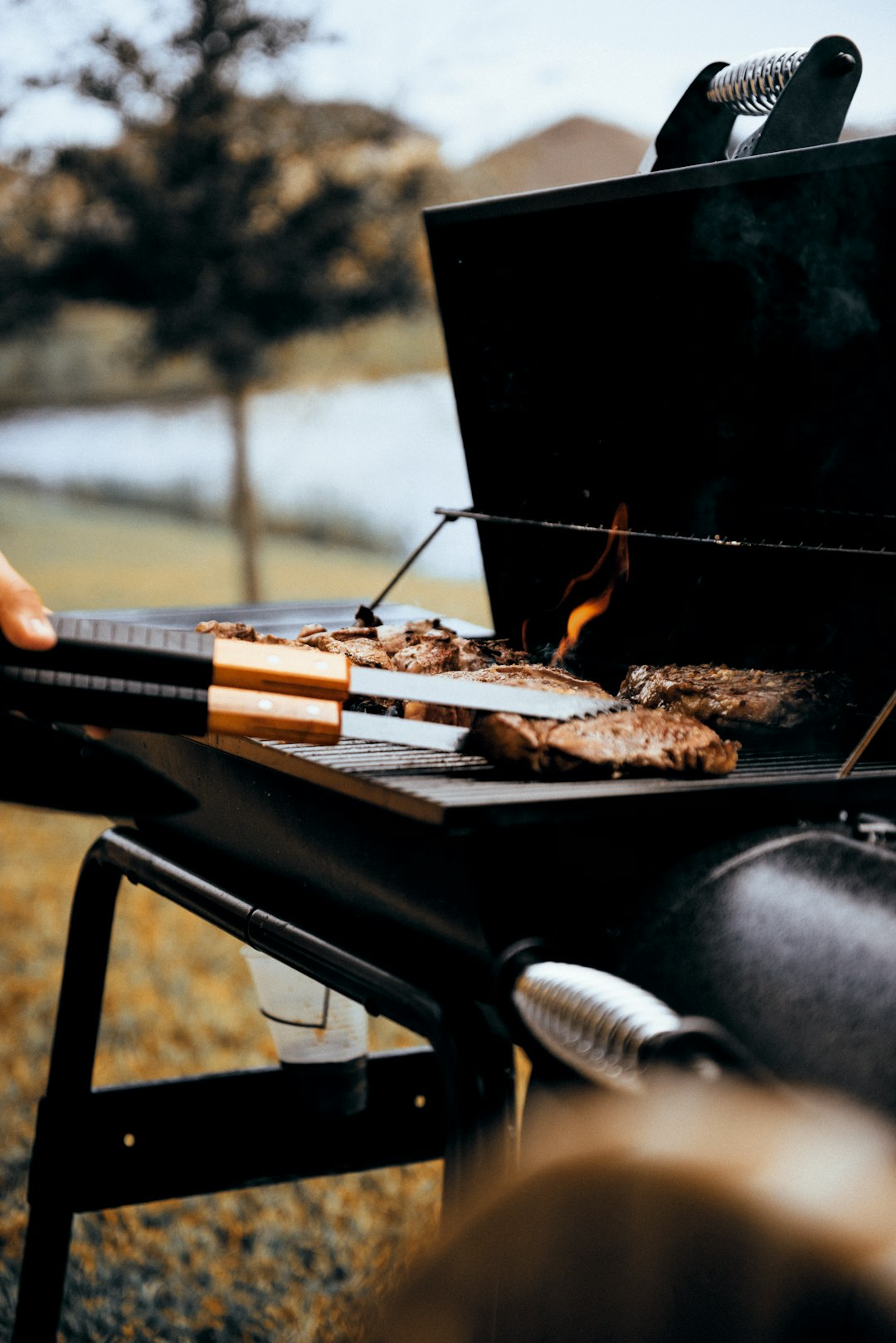
When it comes to smoking BBQ ribs, selecting the right cut is essential for achieving tender, juicy results. The most popular choice for a smoked BBQ ribs recipe is baby back ribs or spareribs. Baby back ribs have less fat and a smaller bone structure, making them easier to eat and more suitable for slow-smoking. Spareribs, on the other hand, are larger and meaty with a bigger bone in the middle, offering a hearty, full-flavored experience.
To ensure quality, look for fresh, high-quality ribs with good marbling—the fat streaks within the meat. Avoid ribs that are overly meaty or have excessive fat, as they may become tough after slow cooking. Consider purchasing whole rib racks and cutting them into individual slabs to have better control over the cooking process and ensure even tenderness throughout. Proper storage is key; keep your ribs refrigerated until you’re ready to smoke them for the best outcome in your smoked BBQ ribs recipe.
Dry Rub Seasoning: The Foundation of Flavor
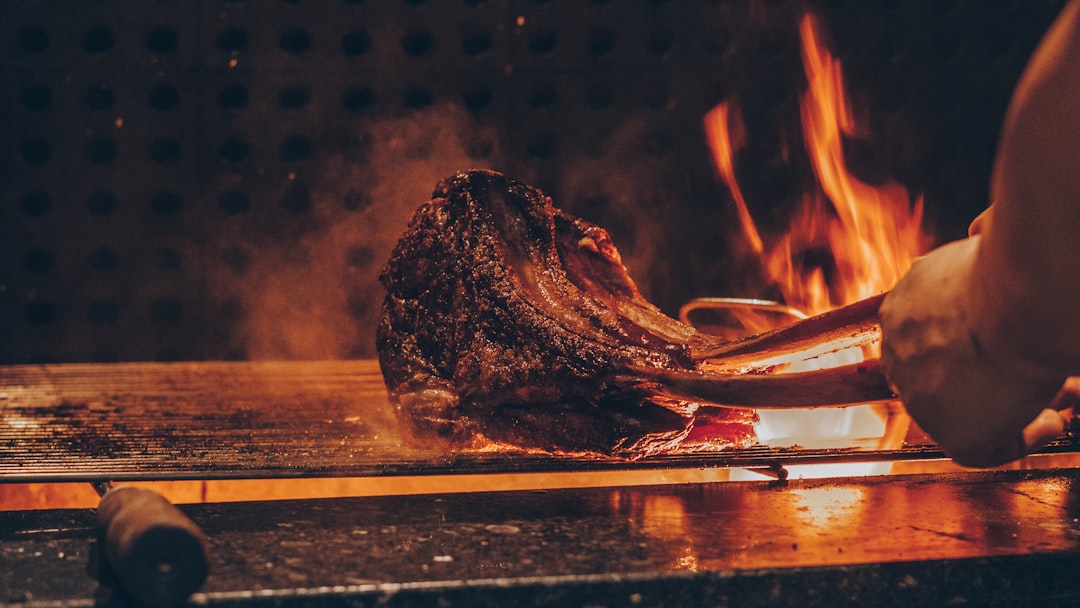
Dry Rub Seasoning plays a pivotal role in crafting mouthwatering smoked BBQ ribs recipes. This blend of spices acts as the foundation for deep, complex flavors that penetrate every inch of the meat during the slow-cooking process. A well-curated dry rub enhances the natural juices and fats within the ribs, creating a succulent, tender end product.
The key to a successful dry rub lies in balancing pungent and sweet notes. Common ingredients like paprika, garlic powder, brown sugar, salt, pepper, and chili powder contribute layers of heat, nuttiness, and sweetness. These flavors meld together as the ribs cook low and slow, resulting in a savory, sticky coating that glazes the meat as it caramelizes. Whether you opt for a classic dry rub or experiment with unique combinations, this seasoning is essential to achieving perfectly smoked BBQ ribs.
Smoking Techniques for Optimal Results
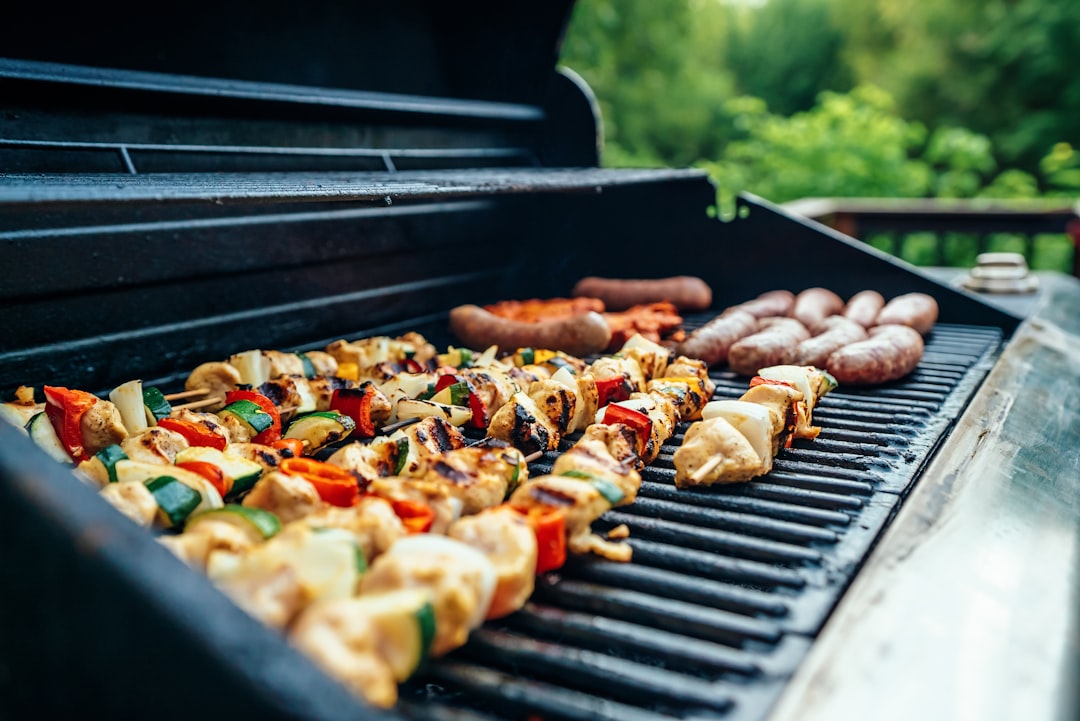
When it comes to achieving mouthwatering, tender smoked BBQ ribs, the art of smoking is a key ingredient. The low-and-slow method for cooking ribs is renowned for its ability to infuse flavors and break down tough connective tissues, resulting in a juicy, melt-in-your-mouth experience. To master this technique, selecting the right smoker is essential. Charcoal, wood chips, or electric smokers—each offers unique advantages. For authentic, smoky flavor, charcoal smokers are a favorite among enthusiasts, allowing precise temperature control and direct heat for quick searing. Alternatively, electric smokers provide consistent heat, making them user-friendly and ideal for beginners.
Enhancing the ribs’ taste further involves choosing the perfect smoking wood. Popular options like hickory, oak, or mesquite chips add distinct flavors, with hickory being a classic choice for its rich, smoky aroma. Experimenting with different woods can transform your smoked BBQ ribs recipe into a personalized culinary creation. Remember, patience is key; slow and steady smoking ensures the ribs cook evenly, locking in moisture and developing that coveted caramelized crust.
Low and Slow Cooking: A Time-Tested Method
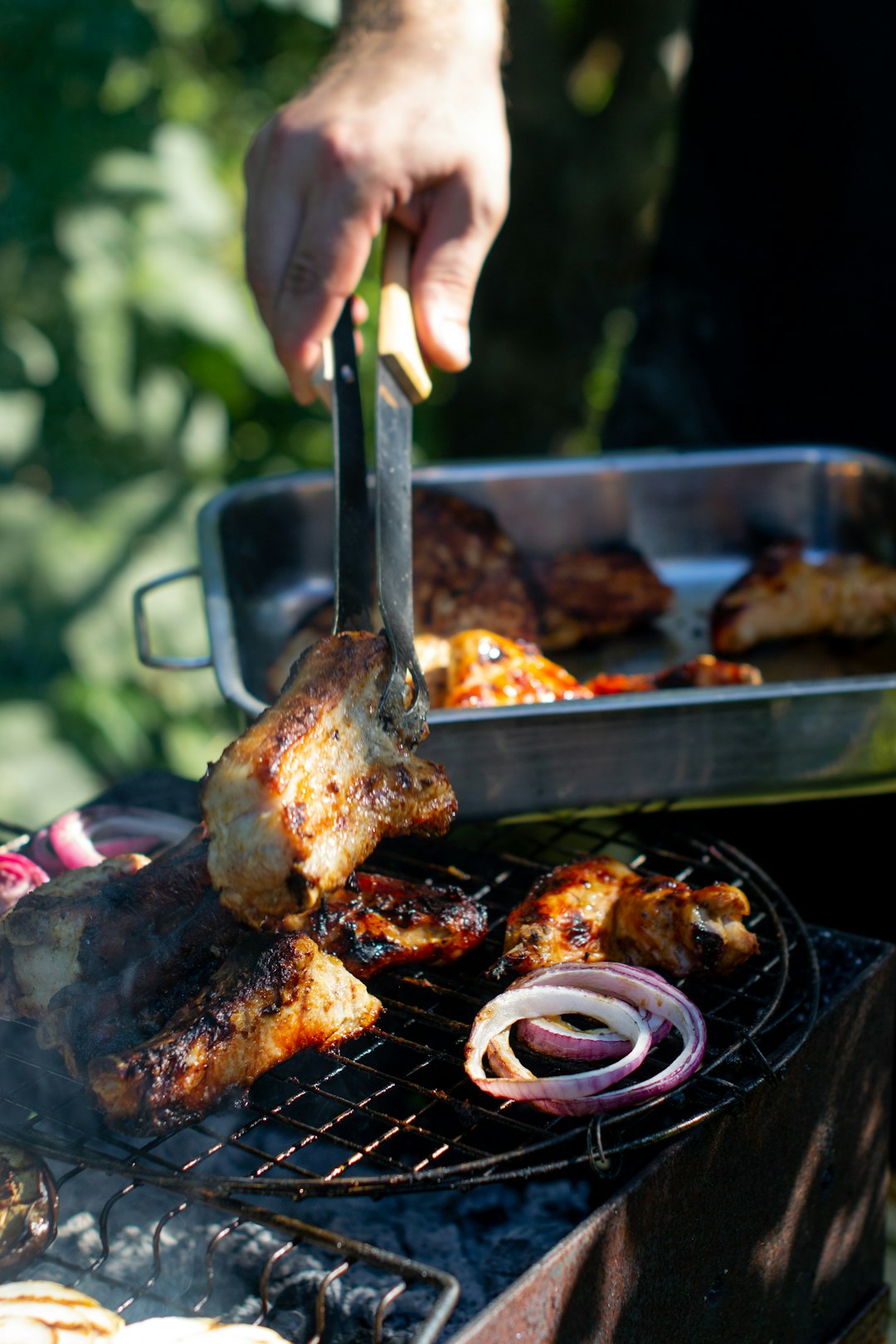
Low and slow cooking is an art that has been perfected over decades, especially when it comes to smoked BBQ ribs recipes. This time-tested method allows for a deep infusion of flavors as the meat slowly cooks, becoming tender and succulent. The process involves using low temperatures and prolonged cooking times, ensuring that the ribs develop a rich, smoky taste that melts in your mouth.
By employing this technique, you can achieve the perfect balance between tender meat and a crispy, caramelized exterior. It’s a patient approach that pays dividends, transforming tough cuts of pork into delectable treats. Whether you’re a BBQ aficionado or just looking to elevate your cooking skills, mastering low and slow cooking will undoubtedly impress your taste buds and dinner guests alike.
Mastering the Glaze: Adding Moisture and Sweetness

Mastering the glaze is a key step in creating mouthwatering smoked BBQ ribs recipes. The perfect glaze not only enhances the flavor but also adds that irresistible sticky texture. A good glaze should strike a balance between sweetness and smokiness, complementing the ribs’ natural juices.
Experimenting with ingredients like brown sugar, honey, or maple syrup can introduce the desired sweetness while using barbecue sauce or a touch of mustard adds depth and tanginess. Cooking low and slow allows the glaze to reduce and thicken, creating a rich, saucy coating that glistens on each rib. This process ensures that the ribs remain moist throughout, resulting in tender, succulent meat that literally melts in your mouth.
Resting and Serving: Ensuring Perfection
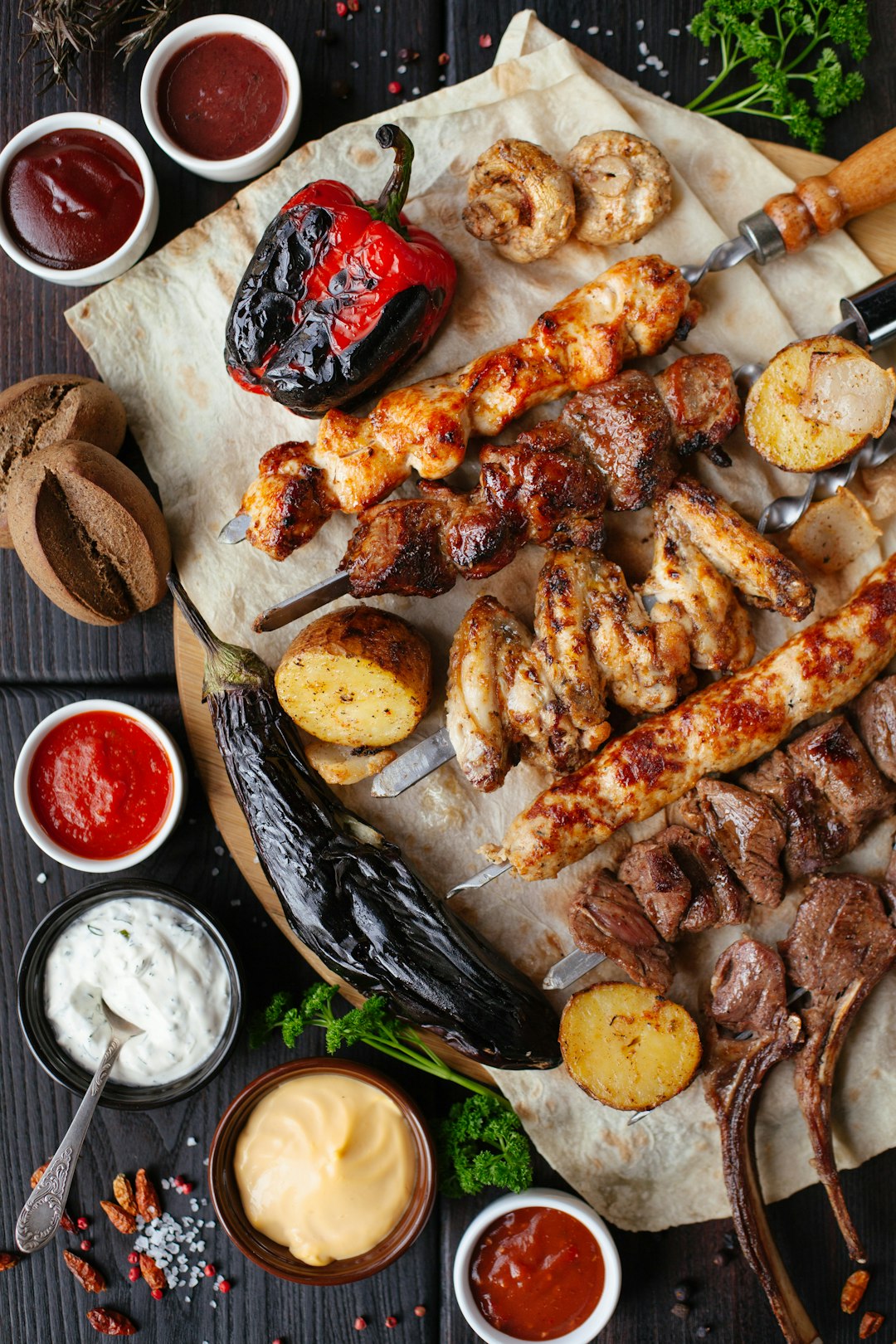
After slowly cooking your smoked BBQ ribs until they’re tender and juicy, the next crucial step is resting and serving them properly. Remove the ribs from the smoker and wrap them tightly in foil or a clear plastic wrap. This helps to seal in the delicious juices, ensuring each bite is mouthwatering. Let the ribs rest for at least 10-15 minutes before slicing or pulling them apart. During this time, the internal temperature will continue to rise slightly, making the meat even more tender.
When ready to serve, gently separate the ribs using a knife or two forks. For extra flavor and a crispy exterior, consider broiling the ribs for a few minutes or finishing them with a quick glaze. Serve your perfect smoked BBQ ribs with your favorite sides—coleslaw, potato salad, or baked beans—and enjoy the delicious results of your low-and-slow cooking method.
